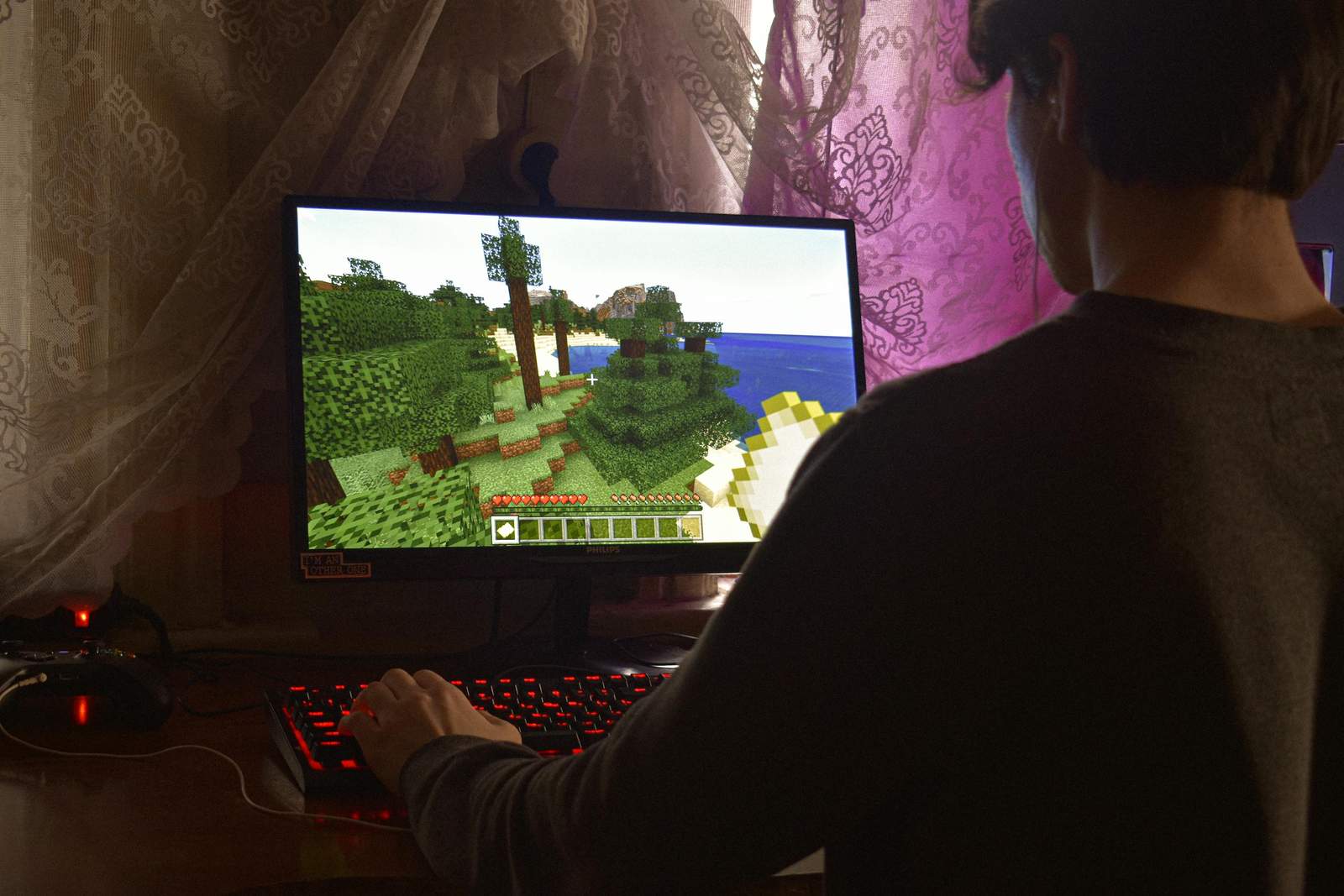The Impact of Video Games like Minecraft and Fortnite on a Child’s Perception of Architecture
The influence of video games such as Minecraft and Fortnite on children’s cognitive and creative development, particularly in terms of architecture, is profound. These games, which involve building, designing, and strategizing within open-ended environments, have shaped how young players perceive and engage with architectural spaces.
Creativity in Architecture: A New Digital Sandbox
Minecraft, with its iconic pixelated design, presents an infinite sandbox where players can freely construct buildings and landscapes, experimenting with materials and scale. This freedom allows children to understand architectural concepts organically. For example, a child building a simple house in Minecraft might intuitively grasp principles like structural balance, spatial awareness, and even sustainable design—simply by choosing materials and observing their properties. In fact, a survey conducted by the American Institute of Architects (AIA) in 2022 found that 42% of architectural students reported Minecraft as one of their early inspirations for pursuing a career in architecture.
This type of exposure encourages young minds to explore architectural forms without boundaries. Whether they are building skyscrapers or underground cities, the game provides children with an opportunity to experiment with architectural styles ranging from modern minimalism to ancient classical forms. This process fosters both creativity and problem-solving skills, as children must plan structures to stand properly within the game’s physics, simulating the real-world logic of architecture.
Fortnite: Designing Under Constraints
Fortnite, on the other hand, provides a slightly different architectural experience. Instead of the open-ended construction style of Minecraft, Fortnite emphasizes quick, strategic building, often for protection or competitive advantage. The structures children build in Fortnite—often under duress and with limited resources—teach them about efficiency, rapid prototyping, and functional design. For example, players may construct ramps, towers, and protective barriers in seconds, all of which requires not just creativity but also an understanding of tactical utility.
A study published by the Journal of Child Psychology in 2021 showed that 67% of children who played building-centric games like Fortnite exhibited improved spatial reasoning skills, a crucial component in both architectural planning and general problem-solving. Moreover, this type of strategic construction has parallels in disaster architecture, where quick, modular builds are essential—a comparison that shows how games might prepare children to respond to real-world architectural challenges.
Encouraging Spatial Awareness and Collaboration
Both games promote collaboration, a skill highly valuable in architecture. In Minecraft, players often work together on shared worlds, designing massive builds that require coordination akin to real-life construction projects. Building Information Modeling (BIM), a modern architectural practice, benefits from similar cooperative approaches, where multiple stakeholders must work in tandem, making Minecraft an unexpected early training ground for future architects.
Meanwhile, in Fortnite’s creative mode, players are tasked with designing and constructing entire game levels collaboratively, emphasizing teamwork and an understanding of how space is navigated by others. The competitive yet collaborative nature of these activities mirrors real-world architectural processes, where collaboration among architects, engineers, and clients is key to a successful project.
Impact on Long-term Architectural Thinking
However, there are also potential downsides. Games like Fortnite, with their emphasis on speed over aesthetics, may foster a utilitarian mindset in architecture, one that prizes functionality over the artistic or emotional aspects of design. Architects have historically been tasked not only with erecting buildings but also with enhancing cultural value—something that speed-focused gameplay might inadvertently undermine.
Conversely, Minecraft’s lack of physics constraints means children may develop an unrealistic perception of architectural possibilities. Real-world construction is bound by gravity, material strength, and regulations, concepts that Minecraft only loosely simulates. As Professor John Jenkins from the University of Cambridge put it in a 2023 interview, “Minecraft inspires creativity, but it risks disconnection from the laws of structural integrity that form the backbone of real architecture.”
Conclusion: A Digital Gateway to Architecture?
The role of games like Minecraft and Fortnite in shaping young minds towards architectural exploration cannot be understated. They serve as a gateway to architecture, fostering creativity, collaboration, and spatial reasoning, albeit without the constraints present in real-life construction. With over 140 million monthly active players on Minecraft and 80 million on Fortnite as of 2024, the exposure to architectural thinking is significant and widespread.
As we move towards an increasingly digital future, where virtual reality (VR) and augmented reality (AR) are becoming part of architectural visualization, the skills honed by children in these gaming environments may well translate into the architectural practices of tomorrow. Encouragingly, the structured creativity these games provide, combined with parental and educational guidance, may spark a new generation of architects well-versed in both traditional craftsmanship and modern digital design tools.






